 20-08-2023
20-08-2023- Blog
- 0 comments
- 10473 Views
Hardwood flooring is a natural product, and like all natural materials, it can change in appearance over time. One of the most common changes homeowners might observe is the fading or discoloration of their hardwood floors.
NEED HELP RESTORING YOUR FLOOR ? GET HELP NOW!
There are several reasons why hardwood might fade:
-
UV Light Exposure: Ultraviolet (UV) rays from sunlight are the primary reason hardwood floors fade. When the wood is exposed to direct sunlight over extended periods, the UV rays can break down the lignin in the wood, leading to a change in color. This is the same reason why many objects, including fabrics and paintings, fade when exposed to direct sunlight.
-
Oxidation: Over time, when hardwood floors are exposed to oxygen, they can undergo an oxidation process, which can change their color. This is a natural process and can happen even without direct sunlight.
-
Finish or Stain: The type of finish or stain used on hardwood floors can also affect the rate and manner in which they fade. Some finishes and stains are more susceptible to UV damage and discoloration than others. For instance, oil-based polyurethane finishes tend to amber or yellow over time, while water-based finishes usually remain clear but might not offer the same level of UV protection.
-
Wood Species: Different wood species react differently to light exposure. For example, cherry and Brazilian cherry are known to darken upon exposure to light, while species like oak and hickory might lighten.
Preventing and Managing Fading:
-
UV Protective Finish: Use finishes that contain UV inhibitors. These finishes can slow down the fading process by blocking some of the UV rays.
-
Window Treatments: Utilize blinds, curtains, or UV-protective window films to limit the amount of direct sunlight hitting the floor. This not only helps in reducing fading but also helps in regulating indoor temperatures.
-
Rearrange Furniture and Rugs: Periodically rearranging furniture and rugs can ensure that the fading happens more evenly. If a part of the floor is continually covered, it will retain its original color, leading to noticeable differences when you do decide to rearrange or redecorate.
-
Refinishing: If fading becomes pronounced and undesirable, the floor can be sanded and refinished to restore its original color. However, this is a more drastic solution and is usually reserved for floors that show significant wear and discoloration.
-
Consistent Maintenance: Regularly cleaning and maintaining your hardwood floors as per manufacturer's instructions can also help in prolonging the original color.
In summary, while hardwood fading is a natural process, there are measures homeowners can take to reduce the rate of fading and maintain the beauty of their floors for longer.
NEED HELP RESTORING YOUR FLOOR ? GET HELP NOW!

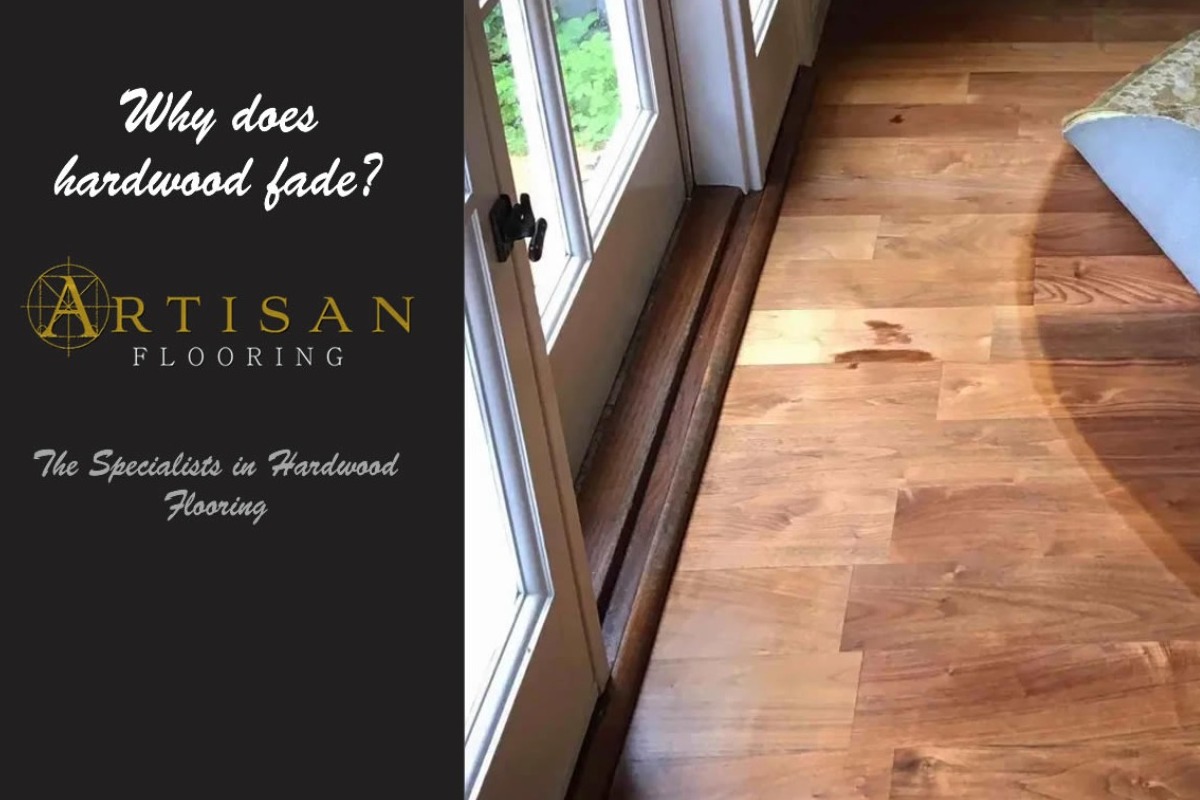

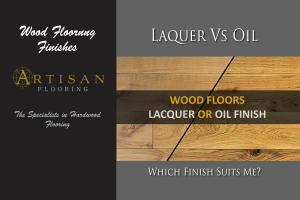

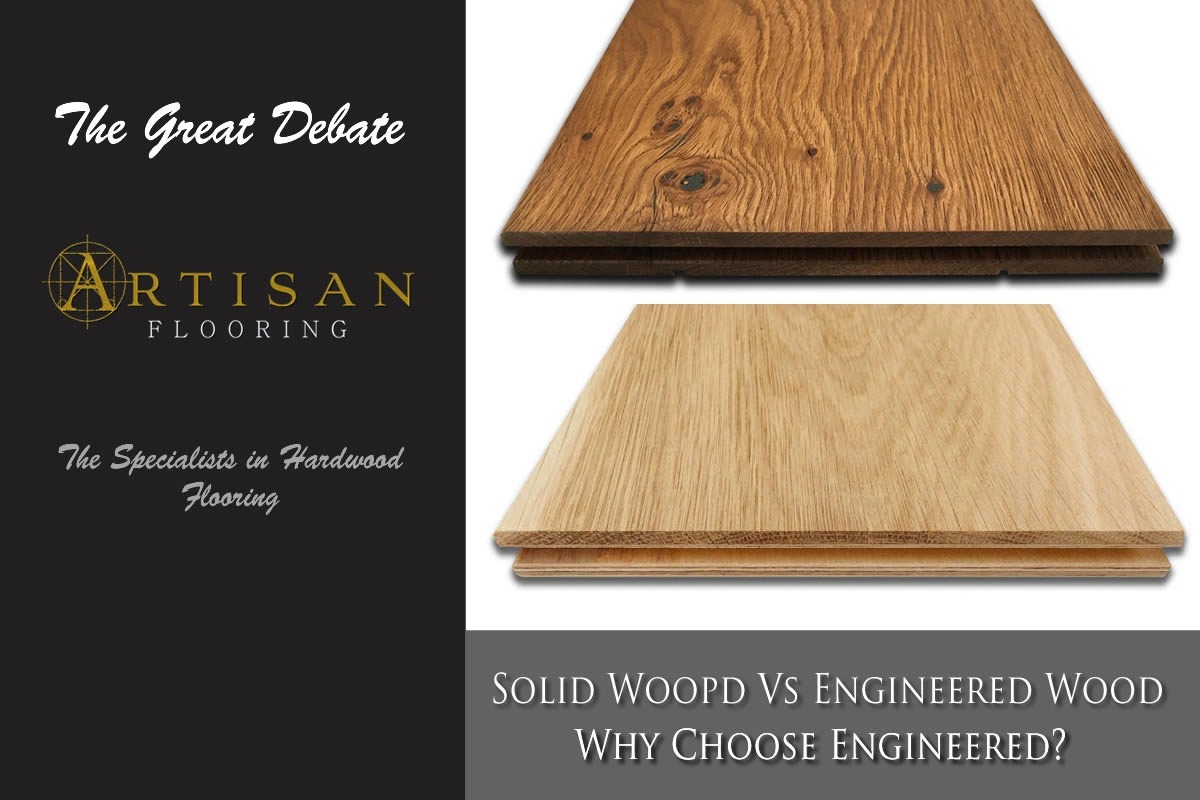

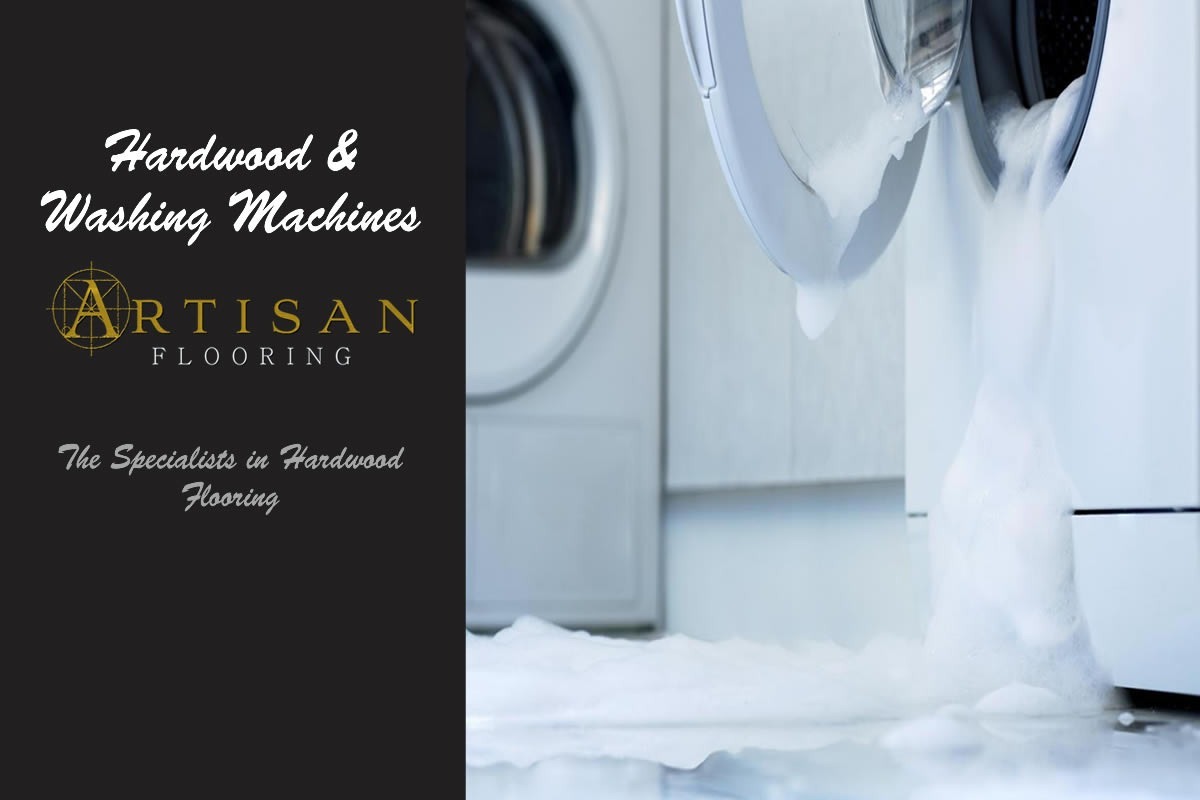

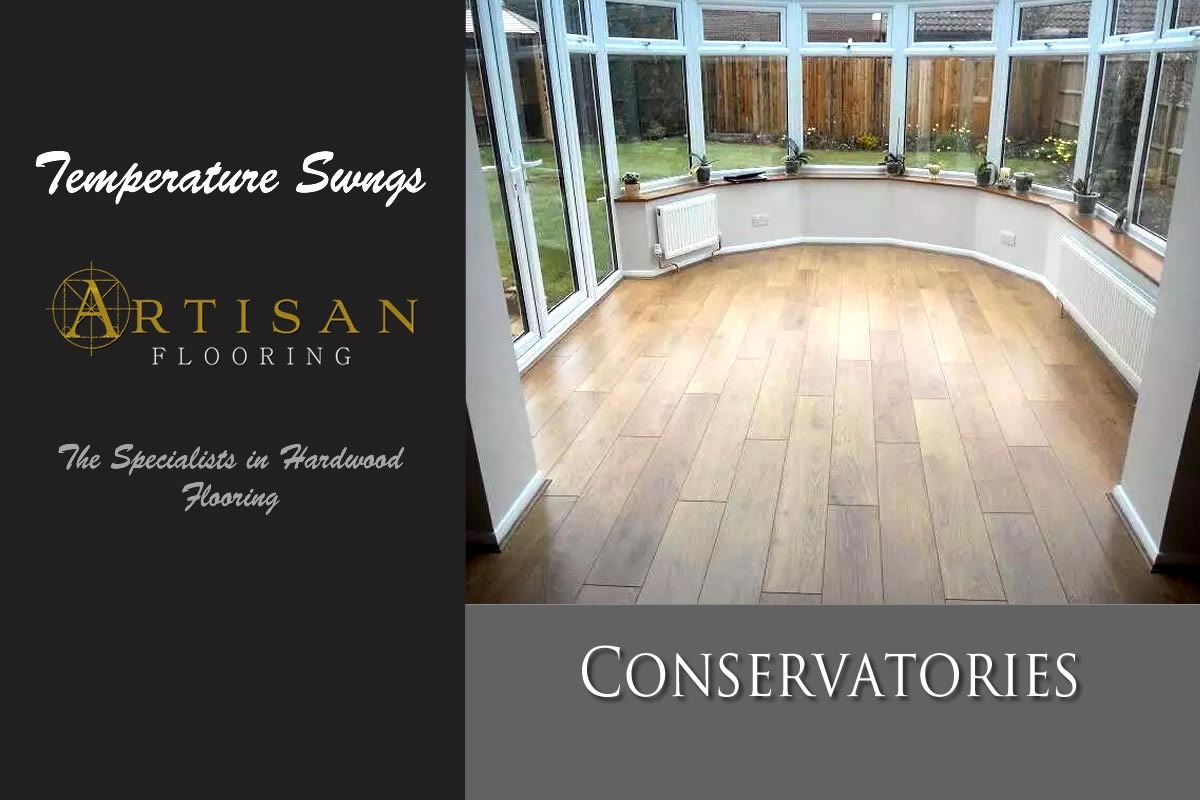
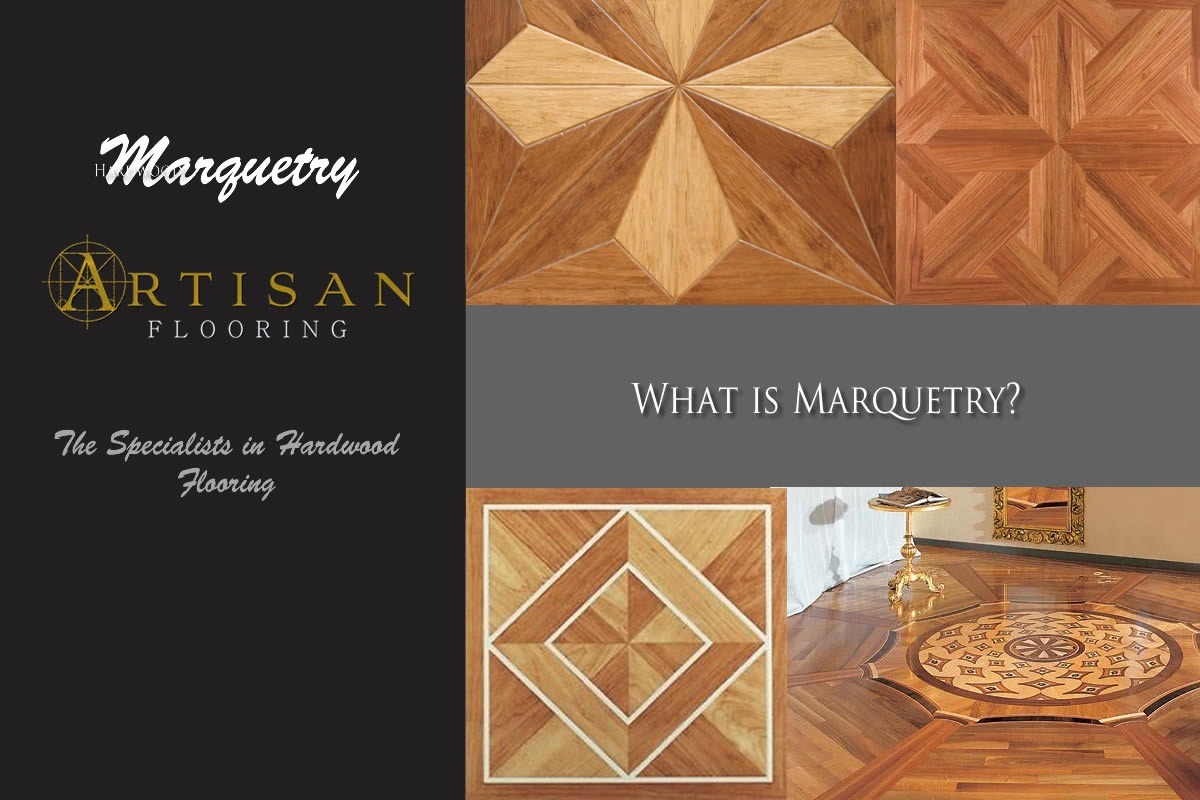

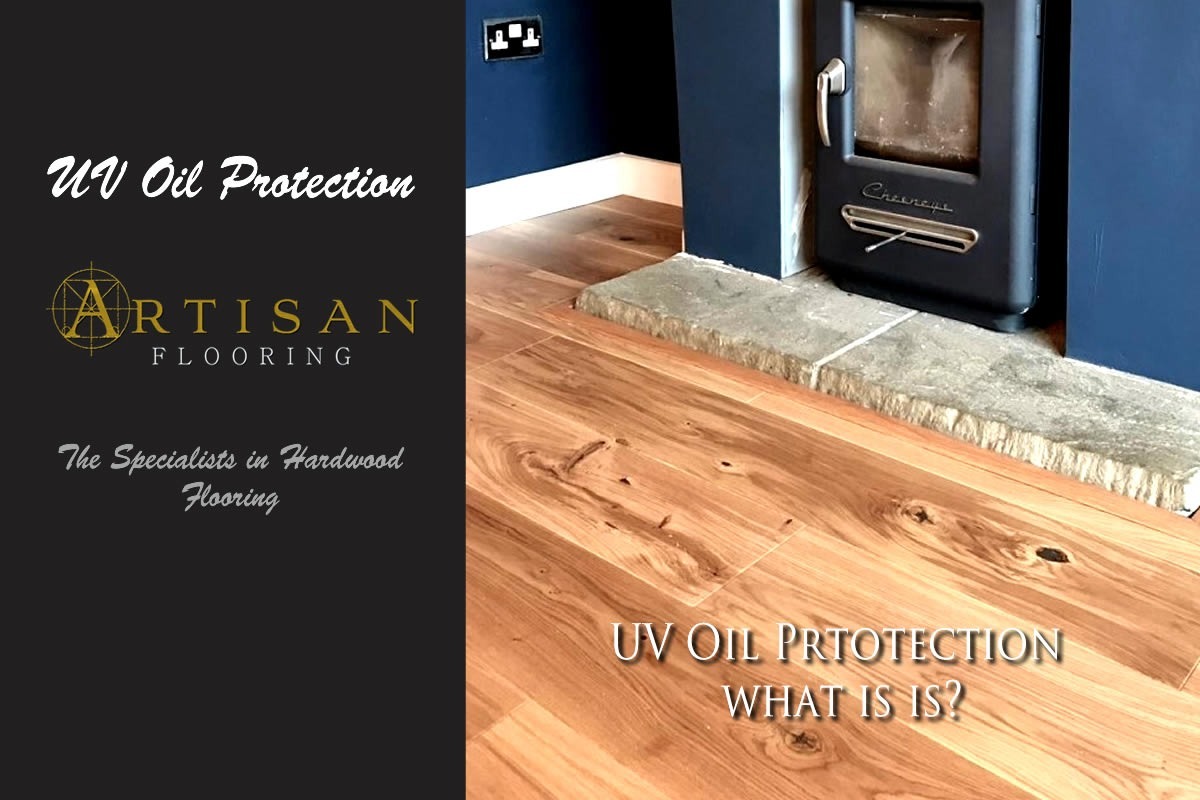
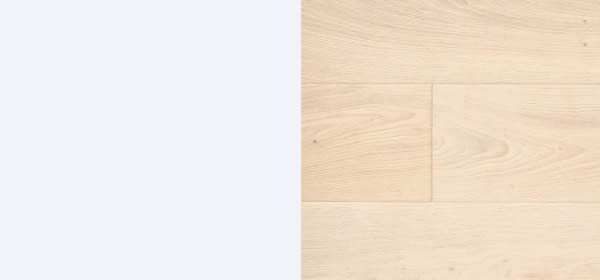
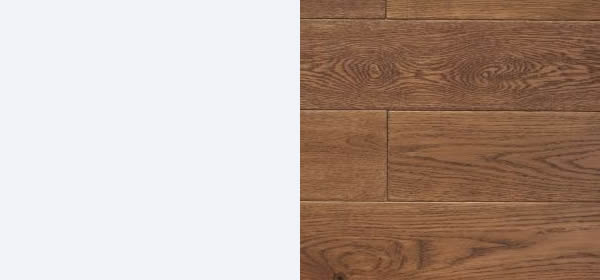
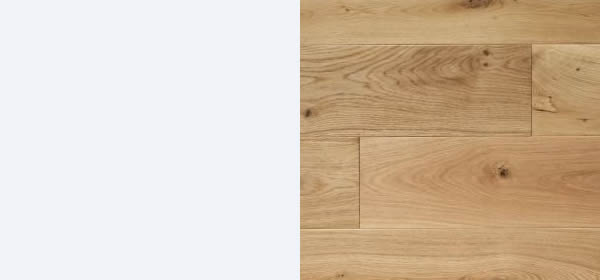
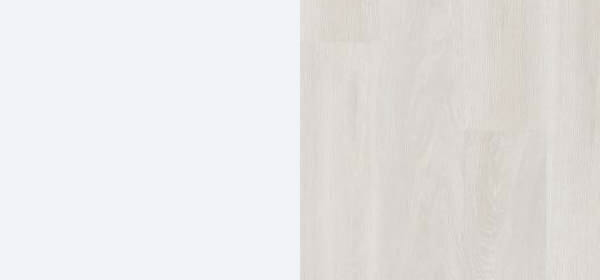
Recent Comments
No Comments have been left yet! Be the first :)